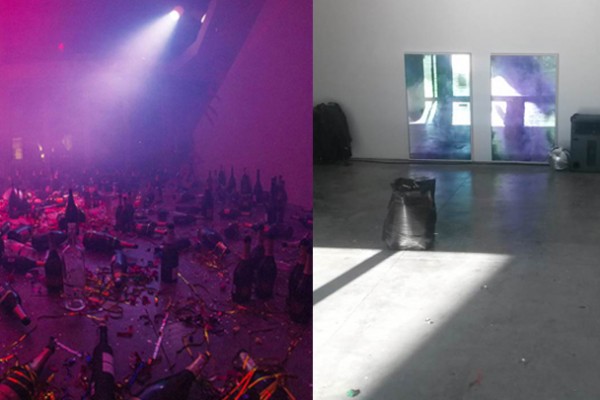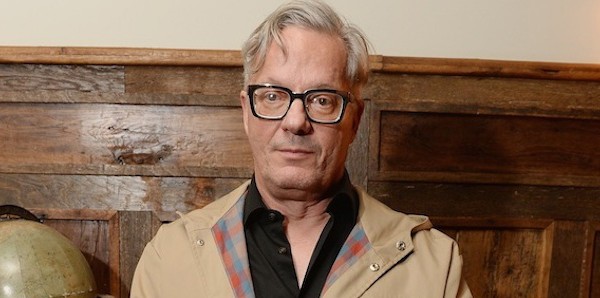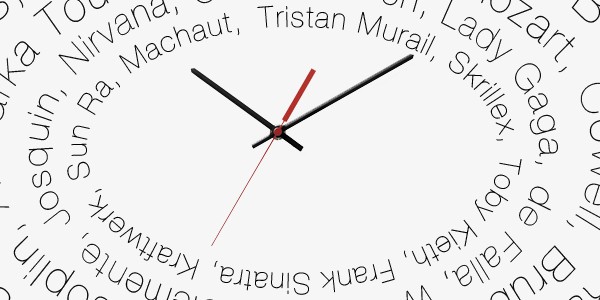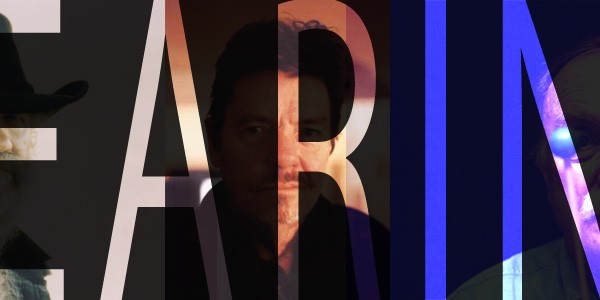Back in January of this year, Joshua Hammer provided a wonderful description of photographer Adam Magyar’s recent series, Stainless, in his Matter profile of the the artist. Drawing a distinction between the objectivity of Magyar’s digital scans—of people waiting on subway platforms and entire subway cars full of passengers—and the subjectivity inherent to Misha Gordin’s nightmarish and totalitarian Crowds, Hammer said:
Magyar, an admirer of Gordin’s work, also creates black-and-white photographs and video images permeated with a similar brooding quality, though his human beings are bound not by political systems, but by the limits of perception.







